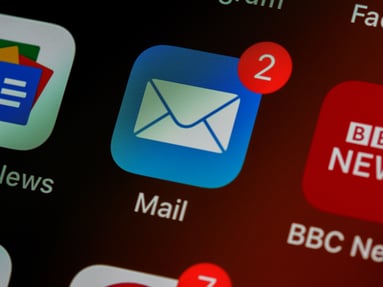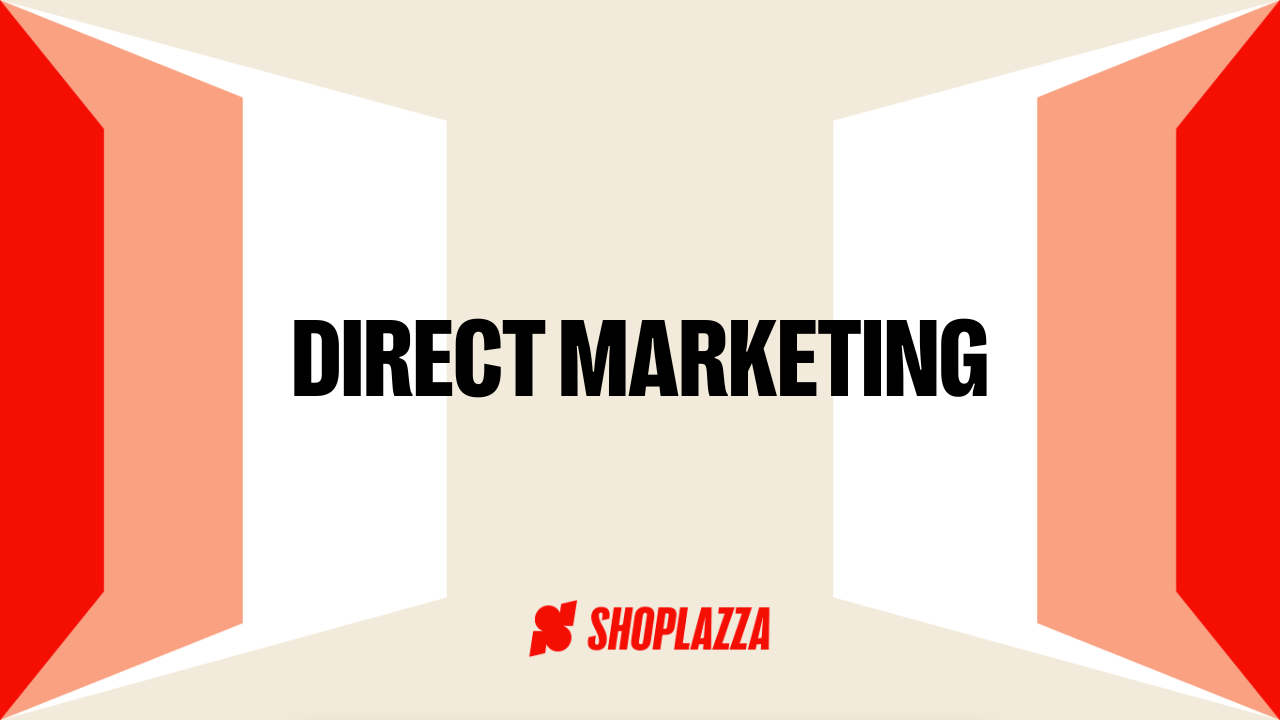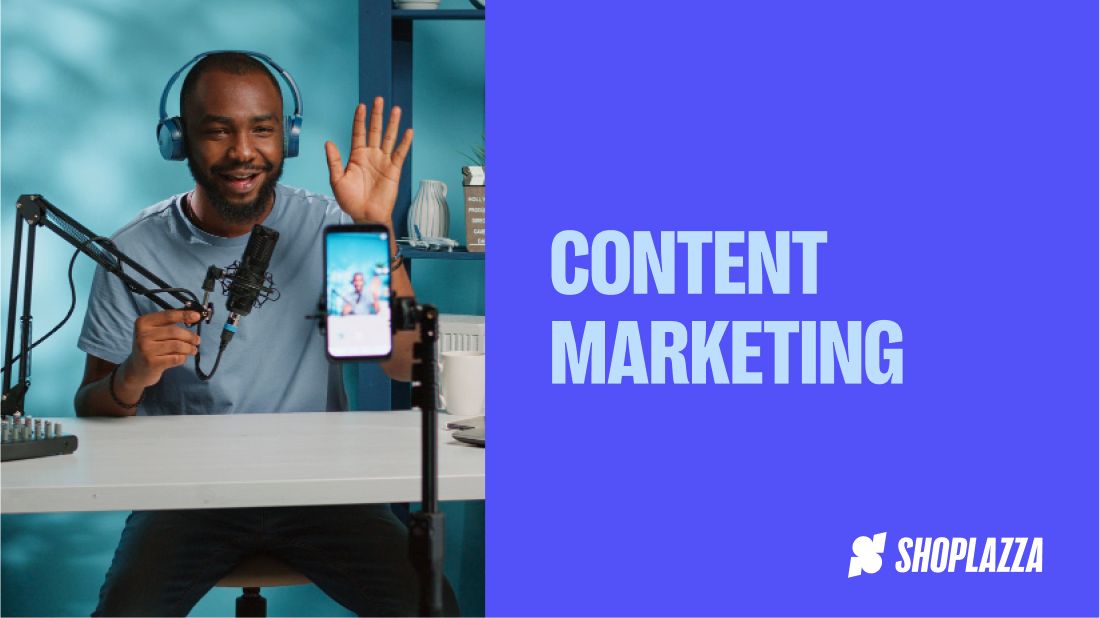Estimated time to read: 8 minutes.
Emailing is considered one of the most effective ways to develop a business’s marketing strategy. It is a very popular tool, whether it is to generate more revenue, to increase brand awareness, or to raise awareness. Emailing is therefore classified as an essential communication channel for a business. Therefore, it is essential to optimize this privileged lever to maintain customer relations and above all to reach as many prospects as possible. So how do you do it? Here are some tips.
Table of content:
- Definition of emailing
- What is email marketing for?
- Set the strategic marketing objective of your email
- Communicate with your new contacts
- Retain and maintain customer relationships
- Reactivating inactive customers
- Optimizing your emailing campaign: the indicators that do not deceive
- What are your open rates?
- How to interpret the click-through rate?
- What can you learn from the unsubscribe rate?
- Have the right resources
- Trust specialists

Definition of emailing
The aim of emailing is to send an email simultaneously to several prospects or customers, in a targeted manner.
Depending on the purpose of the campaign. There are many types of email:
- Promotional,
- Transactional email,
- Invitation email,
- Welcome email,
- Newsletter,
- Prospecting email,
- Loyalty email,
- Notification email,
- Reminder email ...
Either way, emailing is an essential lever for any marketing strategy.
What is email marketing for?
- Maintain contact with customers
- To send you news and novelties
- To keep the brand at the top of your concerns
- Collect opinions
- Generate engagement
- Develop content marketing strategies
- Among others
One of the things in favor of email marketing campaigns is the ability to measure results in real time and instantly as there are many platforms that allow you to analyze the campaign in detail. We must keep in mind that most likely the expected results will not be achieved the first time, it is possible that not even in the short term, so it takes a little patience, perseverance, and a lot of preliminary work to get a campaign effective email marketing that we will see in the next post.
Running an email marketing campaign takes dedication, although it is easily adaptable to your business and needs, all you need is a little creativity. Thanks to the Smartphone, users are reading more and more e-mails, but for this reason they are also more demanding. The cost of a campaign is low, so it becomes one of the best tools a business has for direct marketing.
Set the strategic marketing objective of your email
Before you start looking for the right eye-catching object, ask yourself:
- Why are you sending this email? What is your objective? (Communicate with your new contacts? Convert them? Retain or reactivate them?).
- Is your email part of a particular campaign? (Seasonal promotion, launch of a new product, registration for an event, etc.).
- What do you expect from the recipients once the email is received and opened? (Whether they buy from your site, share your news, learn about a product, sign up for an event, etc.)
Communicate with your new contacts
Create a relationship of trust with your visitors by thanking them for registering on your site or making a purchase.
- Explain how your site or services work.
- Convert leads
- Send content to visitors who have filled out a form on your site.
- Offer demonstrations of your services.
- Send an email to offer to subscribe to other mailing lists (newsletter).
- Offer content or product recommendations based on behavior on the site.
Retain and maintain customer relationships
- Communicate with your customers via a newsletter or by regularly presenting the latest news on your site, your products, or services.
- Communicate on your news and events.
- Build customer loyalty by offering them special offers and promotions based on products already viewed or purchased.
- Present complementary products following a purchase.
- Carry out a satisfaction survey following a purchase or the use of a service (fast delivery, contact with customer service, operation of the solution ...).
Reactivating inactive customers
- Remind your customers of their unvalidated basket or the restocking of a product that interests them.
- Send a premium resource to keep the contact coming back to your site.
- Send a free delivery offer to encourage customers who have not validated their cart to return to the site.
- Send a follow-up email to customers who haven't made a purchase or visited your site for a while.
- Offer the latest services / products or features that you have added to your offer since your contact's last visit.
- Note: you must determine only one objective per email if you want to ensure that your message is understood quickly and that visitors convert to the desired objective.
Optimizing your emailing campaign: the indicators that do not deceive
Like everyone, you access the statistics of your email campaigns to better understand its results and identify areas for improvement. Start by analyzing the reports of your previous campaigns to learn more about the behavior of your audience as well as the current performance of your emails.
What are your open rates?
The openness rate is the first indicator to analyze. It corresponds to the ratio of open emails vs. the number of contacts in your mailing list who have received it (deliverability).
Generally, email software automatically calculates this rate. But how to interpret it?
This rate will allow you to understand the relevance of the subject line of the email, but also the engagement of your customer base. It's also a good way to see which sending days and times to bank on.
How to interpret the click-through rate?
The click-through rate is an even more targeted data, since it highlights the interaction that your contacts had with your email. It corresponds to the ratio of number of emails sent vs. the number of clicks made by your audience.
This allows you to understand the attractiveness of your emailing, but also of your offer. Has the offer generated enough excitement? What elements of your email are the most clicked by your Internet users?
What can you learn from the unsubscribe rate?
Mandatory in your email, the mention of unsubscribe also allows you to learn more about the performance of your campaigns. Is the message focused enough? Wouldn't it be better to segment your mailing list to better target your messages? Is the frequency of sending of your emailing too close?
Have the right resources
Several emailing solutions allow you to configure your campaigns. However, this requires marketing and e-marketing resources: collection and qualification of leads, segmentation of customer files, creation of scenarios and relevant content, visual universe specific to your brand positioning ... emailing is a channel that remains technical, which must be used strategically.
Trust specialists
Modeling, storytelling, segmentation of your audience, data exploitation, marketing analytics ... Email marketing is a central pillar of expertise. There are many specialists who can help you build your emailing campaign, so don't hesitate.
Stay tuned with SHOPLAZZA blog!


